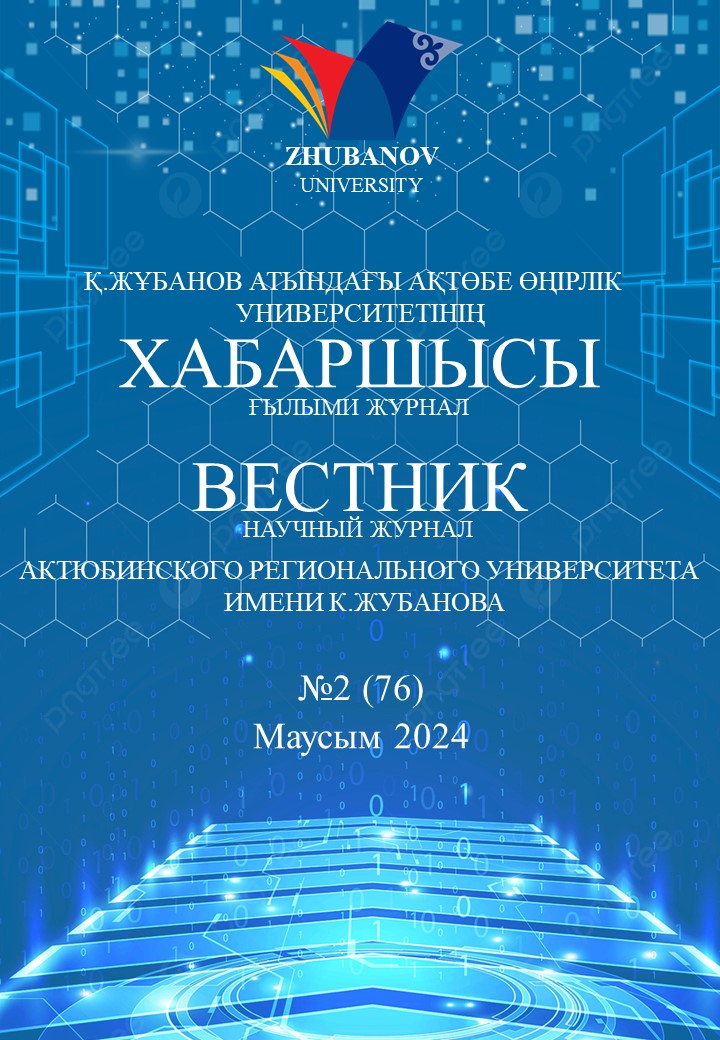The article shows the capabilities of augmented reality technology, which make it possible to integrate it into educational and project activities. The purpose of the presented work is to study augmented reality technology for use in preparing applications for teachers who could use augmented reality technology in their lessons and in student project activities. This paper proposes to use elements of augmented reality technology in geometry lessons in 7th grade, in particular when studying planimetric problems. It has been shown that this allows you to directly interact with
tasks, view answers, and also call up the necessary information. The importance of teacher training in the application of augmented reality technology in the educational process is revealed. It is also noted that in the process of working on creating AR applications, a student can successfully engage in project activities. Augmented reality technology helps to unleash students' creative and spatial abilities, and also promotes learning motivation. Currently, the rapid development of interactive digital technologies is constantly changing the list of in-demand competencies and skills that underlie new professions. As a result, there is a growing demand for workers with maximum flexibility of thinking and high creativity, great creative potential, ready for both independent action and team work.
K.P. AMAN
Candidate of Technical Sciences, senior Lecturer, Aktobe Regional University named after K. Zhubanov, Aktobe, Kazakhstan
Е-mail: kulnar@inbox.ru, https://orcid.org/0000-0002-0643-2280
A.A. UTEGENOVA
Master's student of the ARU named after to K. Zhubanova, Aktobe, Kazakhstan.
Е-mail: aiken1984@mail.ru, https://orcid.org/0009-0005-9162-4955
- Увалиев Б.К., Четтыкбаев Р.К. Применение технологий виртуальной и дополненной реальности в образовании// Сборник докладов Международного научного Конгресса (8-12 ноября 2021 года) Научное издание. Часть 1С. 172-177
- Т. А. Захарова Применение технологии дополненной реальности на уроке стереометрии // Материалы XXXIX Международного научного семинара преподавателей математики и информатики университетов и педагогических вузов (01-02 октября 2020 года) Москва 2020. C.159-164.
- В.Д. Секерин, А.Е. Горохова, А.А. Щербаков, Е.В. Юркевич Интерактивная азбука с дополненной реальностью как форма вовлечения детей в образовательный процесс // Журнал The Principle of Natural Appropriateness in the Philosophy and Methodology of Education 2017.С.57-60.
- Cipresso, P., Giglioli, I. a. C., Raya, M. A., and Riva, G. (2018). The Past, Present, and Future of Virtual and Augmented Reality Research: A network and cluster analysis of the literature. Frontiers in Psychology, 9. https://doi.org/10.3389/fpsyg.2018.02086 DOI: https://doi.org/10.3389/fpsyg.2018.02086
- Ozdemir, M., Sahin, C., Arcagok, S., & Demir, M. K. (2018). The effect of augmented reality applications in the learning Process: A Meta-Analysis study. DergiPark (Istanbul University). https://dergipark.org.tr/tr/pub/ejer/issue/42528/512469 DOI: https://doi.org/10.14689/ejer.2018.74.9
- Sukhodolov, A., & Timofeev, S. (2018). Mass media and virtual reality: new opportunities and prospects. Voprosy Teorii I Praktiki Žurnalistiki (Print), 7(4), 567–580. https://doi.org/10.17150/2308-6203.2018.7(4).567-580 DOI: https://doi.org/10.17150/2308-6203.2018.7(4).567-580


